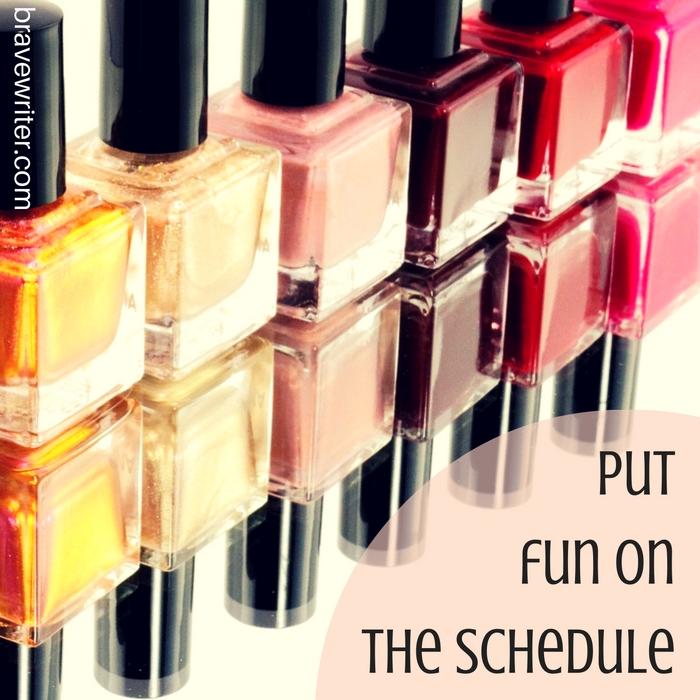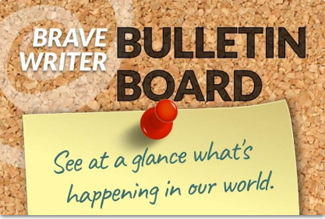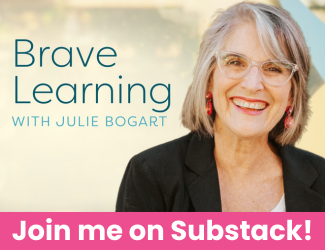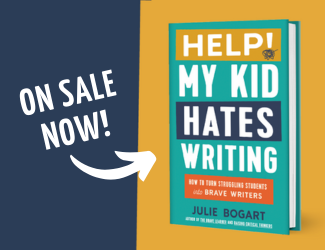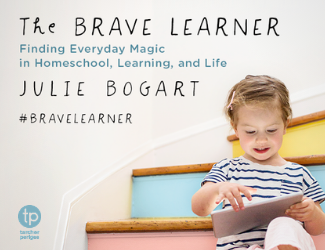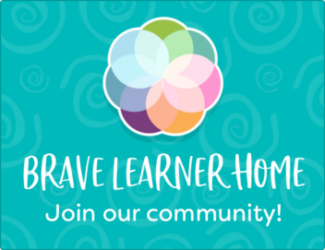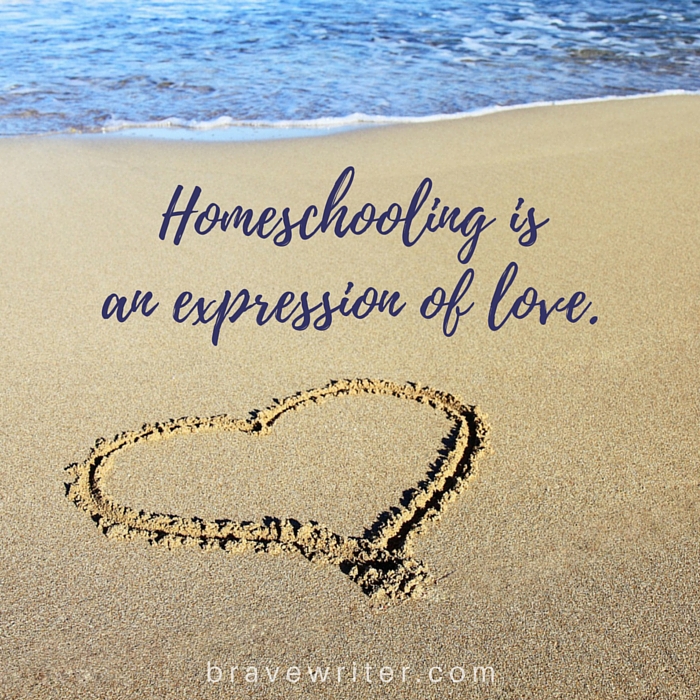
I took Liam on a walk in our neighborhood the day he told me he hated writing and math. We left the dog at home. We thrust arms and hands into jackets and mittens. We set off for a circular destination—the loop that is our collection of cul-de-sacs. No thinking required. No need to make decisions. We could walk and talk and wind up at home.
At first we didn’t talk at all. We huffed and puffed up the gentle hill, letting the cold sunshine and fresh air do their work. As I felt Liam’s body find its rhythm and some of the emotional fall-out of the morning drained, I grabbed his hand and started a conversation.
I’d been through something like this before. Noah had a melt-down in 4th grade; Johannah had one in 8th. Yet the conversations, adjustments and needs expressed were as different as their hair colors; my reactions and solutions tailored to each one.
While I had some familiarity with this terrain called “I hate my life” or “I hate school,” I didn’t have a prefabricated plan I could slap onto the despair to fix it. In fact, I have cycled through many-a-plan. I have five totally unique children. I had already sent back the one-size fits all homeschool kit for a full refund. Since then, I’ve been fumbling around in the shadows looking for pinpoints of light that will help guide each child to the life he or she deserves and wants.
I asked Liam questions to help him unfold his misery to me. As one friend says, “Kids tell you they hate a subject when in reality, they’re struggling with it.”
“Hate” actually means can’t do it, not successful.
Kids are good at the stuff they love, naturally. Liam’s primary issue, as it turned out, had to do with holding a pencil. Here’s what he said:
- So boring (translation: So hard)
- It’s dumb (translation: If I say it’s dumb, then I can’t be)
- I’ll never use it (translation: I’ll avoid it)
I accepted his report. I agreed that if a practice felt boring, seemed dumb and I thought I’d never use it, I too, would not want to struggle to do it. I had to do a little translation work to figure out that the subjects of writing and math were not the issue. His math skills (learned almost entirely through computer gaming) were strong, his imagination and self-expression (the essence of writing) fully in tact, his spelling and grammar, natural and accurate. Liam was fighting undetected dysgraphia (a handwriting disorder). It took my hearing him, believing him (that writing was too hard, that he didn’t like doing math in workbooks, that it was boring) in order to consider that perhaps there was more than a resistant will preventing him from enjoying things like copywork and sums, freewriting and fractions.
We literally stopped anything to do with handwriting for three years. He occasionally would write a sentence or work a math page, but mostly his education happened orally. During those years, he created a notebook filled with islands from his imagination. We used partnership writing to fill in information about the islands: flags, army, names of cities, topography and so on. He would write a little bit and then dictate the rest while I jotted it down for him. Other than that, he did virtually no writing.
I would ask every few months if he felt ready yet to tackle the work necessary to overcome the pencil-phobia. He repeatedly declined my offers. At 13, however, he was ready. We organized two tutors to help him (a language processing specialist for writing and a smart cookie friend of mine for math). In the span of a few months, not only has there been tremendous improvement in his ability to handwrite, but his motivation and willingness to apply himself have frankly stunned to me. He cheerfully does his “homework” without any prompting from me.
We made some adjustments for Liam that I haven’t made for the other kids. For instance, he’s repeating “7th” grade to give him an extra year before high school. He doesn’t do any writing for history. We read books and discuss. That’s it. Science consists of a college level bird biology text that we are slowly working through. Instead of tests, we make drawings and label parts. Since the fine arts are not his “thing” (like they have been for the others), we go to museums or watch movies. His life is good. Meltdown averted.
I share with you my experiences with Liam to illustrate a few principles that have worked for all the kids (though the outcomes have differed drastically: total unschooling for one to full-time public high school for another). Listening enables the pathways of relationship to stay open.
Listening feels like love. It all starts there.
When you listen, it helps to imagine the feelings of your child by attempting to see the world through his or her eyes. That’s empathy and it’s critical to a happy homeschool. Empathy means accepting deeply held feelings as true for that child. When you empathize, you create trust between mom and child. It makes it much easier to brainstorm solutions because the child doesn’t feel tricked or manipulated. Empathy takes seriously the reports from the child, but it also translates the communication. To be empathetic and a mother means to hear the feelings “I hate math” but to also know that math in and of itself can be wonderfully engaging and stimulating. Translation: something is blocking joy in math. It’s mom’s job to find out what it is. Empathy allows for space and time and trusts the process, rather than urgently pushing for quick fixes.
Finally, love in the homeschool means flexibility. We give up preconceived notions of what is the “right” thing to do in favor of what is the “best for this child” solution. When we’re flexible, we let go of time tables, scopes and sequences and sometimes we even have to let go of much beloved ideology. For instance, at the height of my passion for unschooling, which was wonderful for Noah, I hurt Jacob. Jacob loved having a daily schedule, work to check off, table top studies and earning scores. When I removed these practices thinking I was “freeing him up,” I took away his joy in being homeschooled. He’s the one who is now in school full-time and thriving! I had to give up the identity that said I was an “unschooler” (read: better mother) in order to actually be a better mother to my son.
If we take seriously the idea that homeschooling is an expression of love, we’ll find out pretty quickly that the hard work isn’t choosing curricula. It’s staying tuned into the unique needs, sufferings, and competencies of each child. Your job then is to translate the particular combination into a meaningful, satisfying life that enhances a child’s love for learning. Tall order! But you can do it. You’re the mom after all. Who else cares that much? Loves that much?

